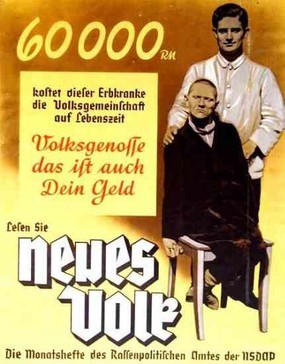What do you think?
Rate this book


336 pages, Paperback
First published August 10, 2021

Prinzhorn was not the first person to take the art of psychiatric patients seriously, but he was the first to present its enormous diversity to a wide audience to give patients “a presentation worthy of their talents,” as Breton once remarked. The doctor’s achievement was one of inclusion. He had taken work by the most marginalized group in German society and held it up for public regard – as high as that of the great artists of the past. The effect was to inspire new journeys of inner exploration, to expand the circle of permitted art-makers beyond the trained elite, and to broaden the definition of art in recognition that there were more kinds of creative expression than anyone had previously imagined (p. 221).